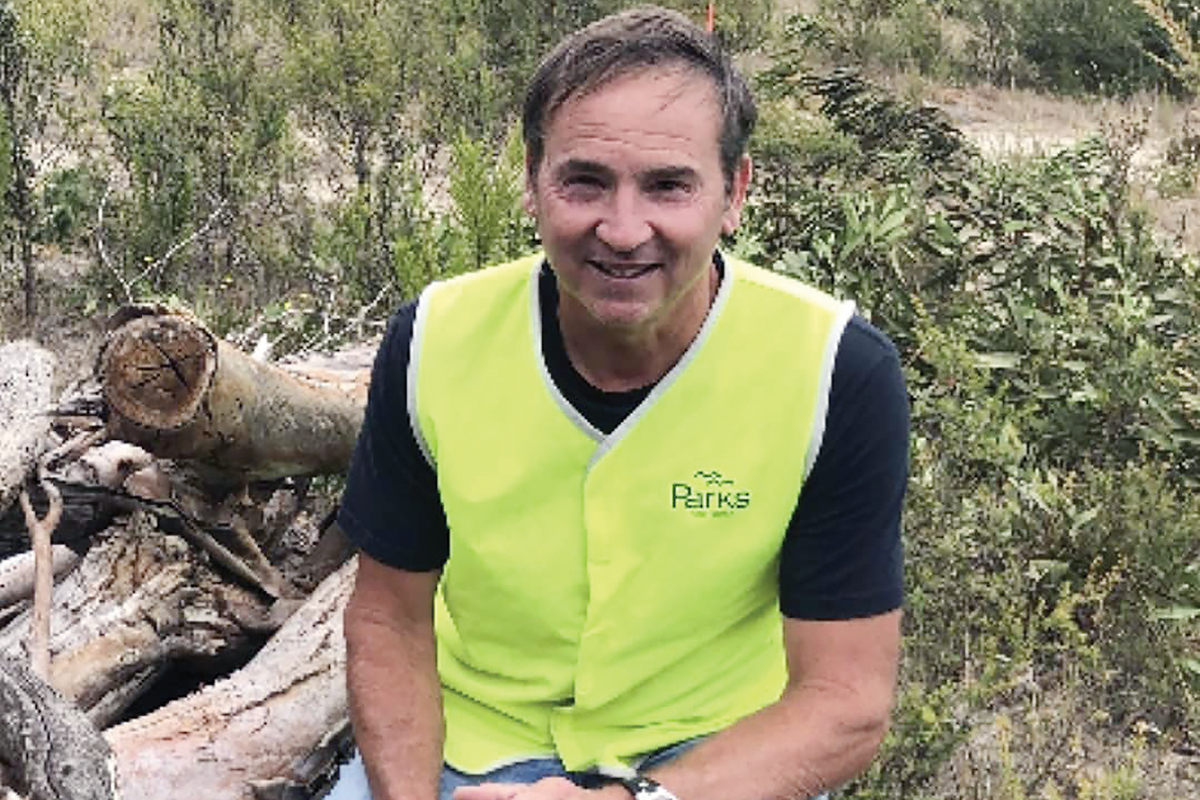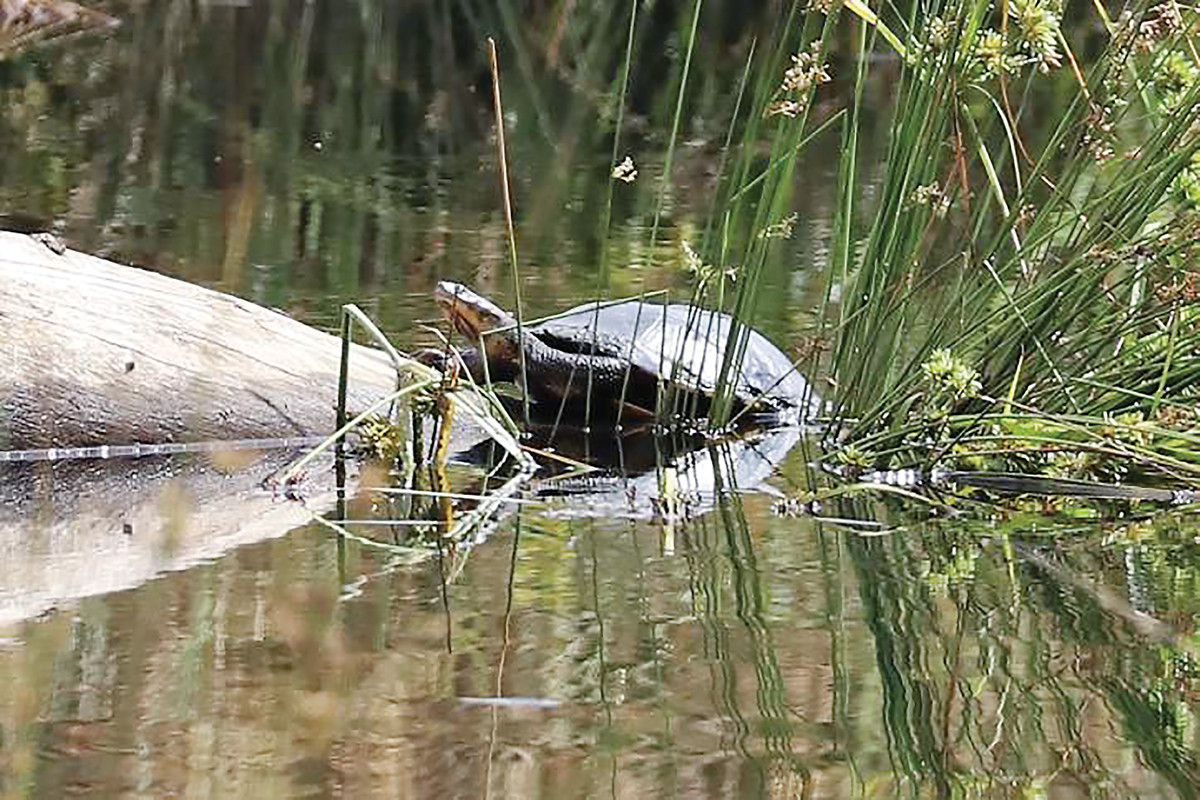THE turtle nesting season started this month and volunteers at the Devilbend Natural Features Reserve are doing their bit to ensure this little understood native creature has a better chance of survival.
Under a citizen science turtle nest monitoring program by The Crew at Daangean group, turtle nests at the Tuerong reserve are being protected from one of their biggest threats – foxes.
It’s been a massive few years at Devilbend, starting in 2018 when volunteers from The Crew at Daangean spent six months mapping the 1000ha reserve, covering the shoreline and surrounding areas methodically two to three times, looking for turtle activity and recording every turtle nest that was raided by foxes.
Program founder and coordinator Hansi Wegner said the hard work paid off, giving project organisers insight into the turtles’ behaviour within the reserve and implementing protection strategies.

The discovery that at least 95 per cent of turtle nests were being destroyed by foxes led to a program of nest covering, improving and protecting habitat within nesting sites and adjusting maintenance at some nesting zones so turtles can nest undisturbed.
Wegner said there had been impressive results, with observations showing more turtle nests were hatching successfully.
“We often see baby turtles at the reserve, which we never saw when we started this project,” he said.
Most of the turtles at the reserve are eastern long-necked turtles, but volunteers have also discovered two turtle species – the Murray River turtle and the reclusive and endangered broad shelled turtle – not previously known to breed at the reserve.
But Wegner said the Daangean turtle project was also aimed at encouraging and bringing together community and professional involvement to make a difference and look after the environment.
Improving social participation has been a strong focus of the project, by engaging schools, community and business groups, Parks Victoria and Melbourne Water, Traditional Owners and anyone with an interest in nature and biodiversity.
Wegner said the citizen science project regularly invited community participation in its various environmental projects.
For more information go to citizensciencecrew.org
First published in the Southern Peninsula News – 29 November 2022




